Spinacia oleracea
Delicious and nutritious, spinach is an easily cultivated annual vegetable grown for its tender, tasty leaves.
Compact plants, they’re an excellent choice for container growth as well as garden beds and they thrive in the cool temperatures of spring and fall – but spinach can also be grown in summer’s heat with some light shade.
Loaded with healthy nutrients, the soft leaves have a lush texture and mild flavor that’s enjoyed fresh or cooked, and they’re used in a variety of recipes.
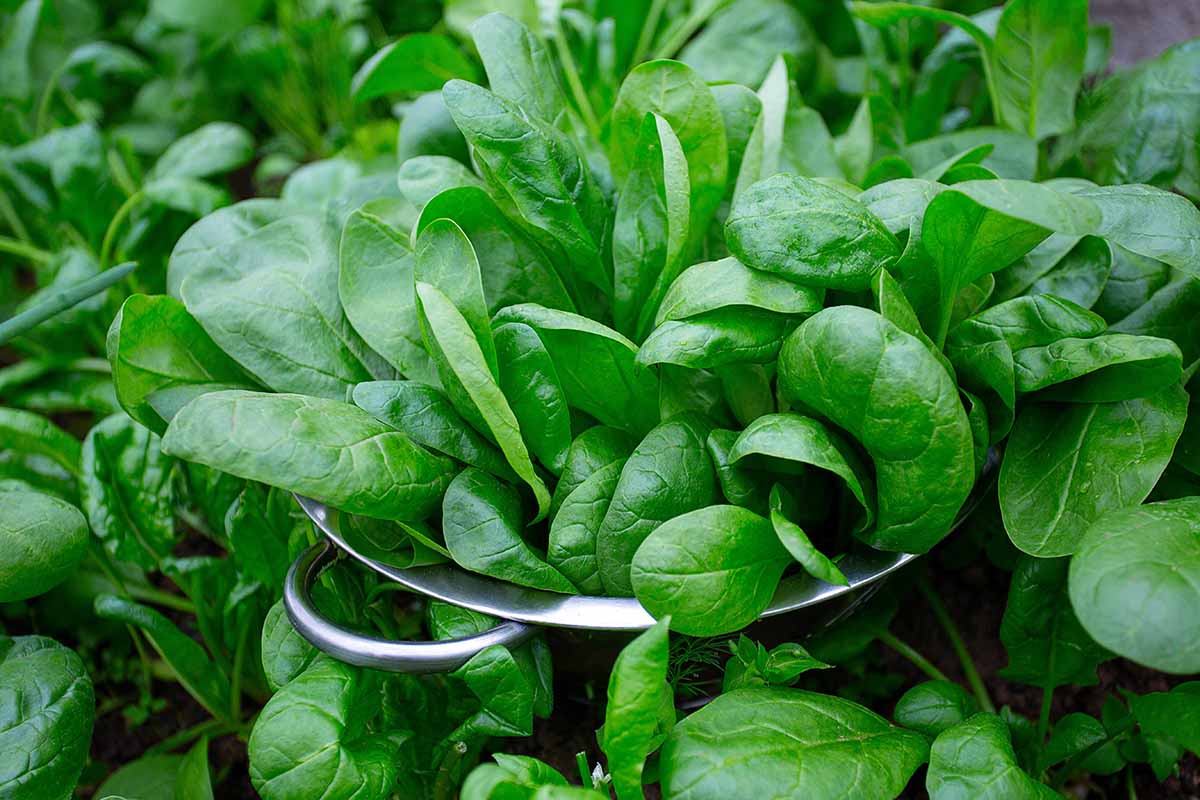
We link to vendors to help you find relevant products. If you buy from one of our links, we may earn a commission.
A fast-growing, cut-and-come-again crop, repeat sowing and regularly picking the leaves means they can provide repeat harvests for months!
And if you have an overabundance of tasty spinach greens, you can stretch your food budget and easily preserve them by canning, dehydrating, or freezing.
Economical, easy to grow, and wonderfully healthy, are you ready to try a crop of flavorful spinach this year? Then let’s discuss how to grow spinach for delicious, tasty greens!
Here’s a quick look at what’s coming up:
What You’ll Learn
What Is Spinach?
Spinach, Spinacia oleracea, is an annual flowering vegetable in the Amaranthaceae (amaranth) family and is related to beets and quinoa.
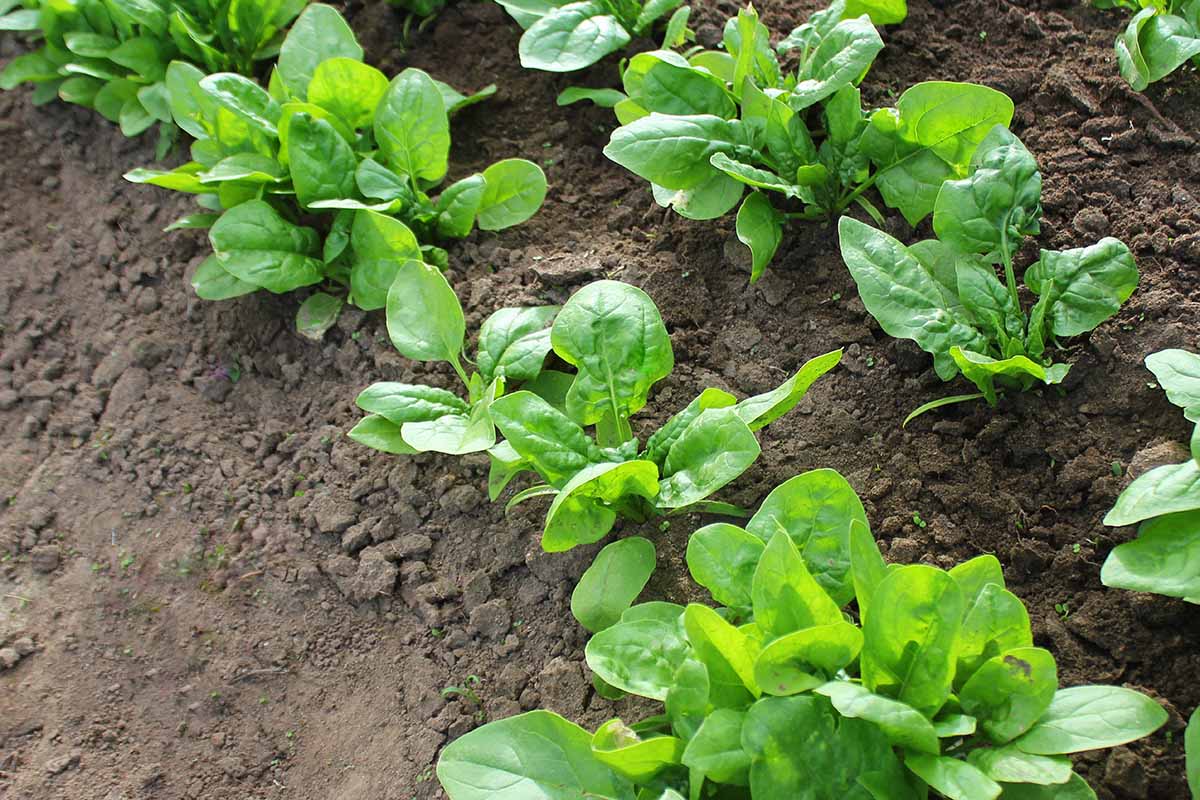
Grown for its mildly flavored leaves, spinach is eaten fresh in salads, smoothies, and wraps, sauteed or steamed as a side dish, or added into recipes like lasagna, soups, and stews.
And it’s easily preserved by canning, dehydrating, or freezing.
Baby spinach leaves are typically used raw while larger mature leaves are most often cooked.
Fully grown, the plants reach a height of eight to 12 inches, and the simple leaves are ovate to triangular in shape.
If spinach plants are allowed to bloom, the small, green-yellow flowers aren’t all that appealing to pollinators and the wind distributes the tiny pollen particles for reproduction.
After pollination, small, hard fruit clusters form, containing several seeds per cluster.
A cool-season vegetable, spinach can overwinter in mild climates, and successive plantings provide a steady supply of leaves almost all year. Plants are typically hardy in USDA Zones 5 to 9.
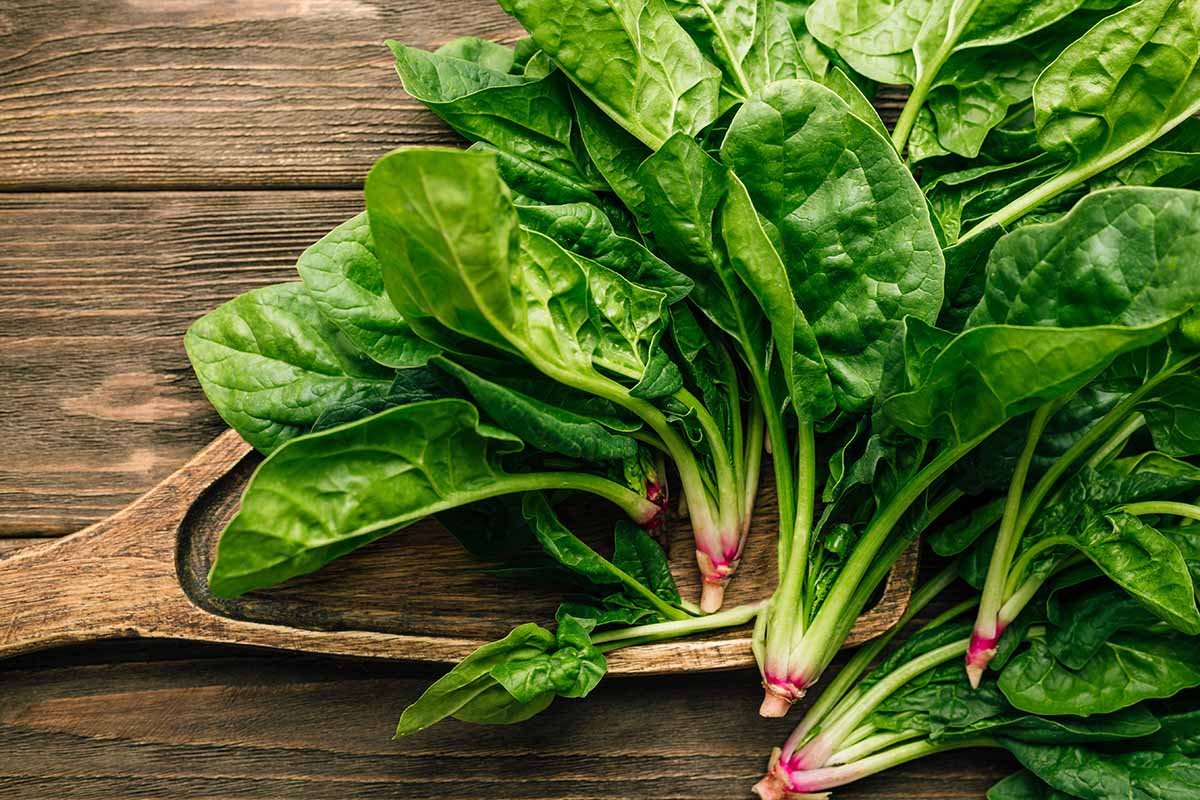
Spinach comes from a single species divided into three primary varieties of savoy, semi-savoy, and flat-leafed types.
Savoy spinach varieties are low-growing with highly crinkled, curled leaves and this is the most productive type. They also have the best cold resistance.
Semi-savoy types are taller and the leaves are less crinkled, making them easier to pick and wash. They also have the best disease and bolt resistance, making them the most popular for home gardeners.
Flat-leafed varieties have the smoothest leaves, making them the easiest to clean, and are the first choice for commercially canned and frozen products.
Rich in a variety of nutrients, spinach is abundant in antioxidants such as lutein, kaempferol, natural nitrates, quercetin, and zeaxanthin, plus vitamins A, C, K, and folate, and minerals like calcium, iron, manganese, and magnesium.
The leaves are also high in insoluble fiber and low in carbohydrates with few calories.
However, spinach also contains high levels of oxalates which are harmless to most folks but can contribute to the formation of oxalate kidney stones.
Cooking the leaves is an easy way to reduce the amount of oxalates if this is a concern.
Cultivation and History
Native to regions of the Middle East, spinach was late in spreading into other cultures, with no references to its cultivation in the archives of ancient Greece and Rome.
Historians believe it was carried west into Europe by the Moors via the Iberian Peninsula, and at the same time, traveled eastwards into China and India.
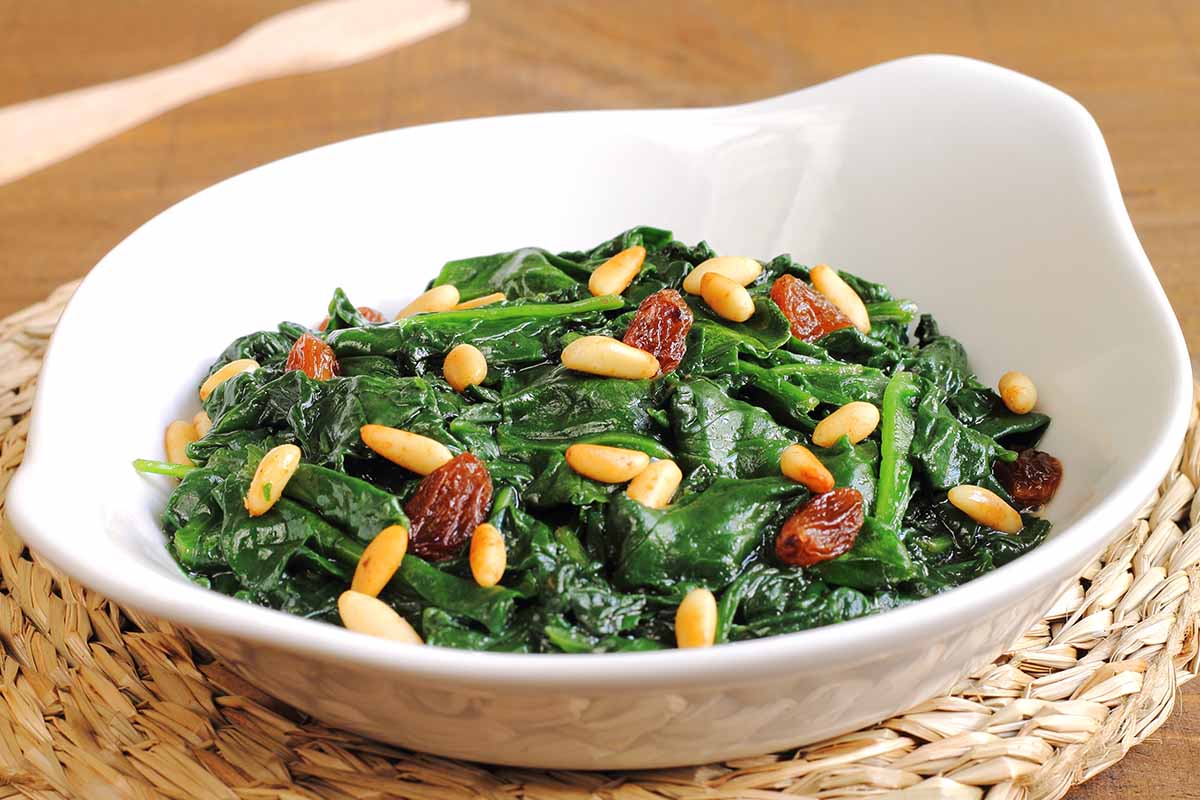
The oldest written records are from the fourth century CE in Mesopotamia and in the eleventh century CE in Spain.
After spreading through Europe, spinach arrived in North America in the early 1800s.
Spinach Propagation
Spinach is easily propagated by seed. As it germinates in cool temperatures between 45 and 68°F, it is most often direct sown.
But seeds can be started indoors and transplanted out if handled with care – more on how to do that in a bit.
Direct Sowing
Seeds can be direct sown in spring four to eight weeks before your last frost date, or when soil temperatures stay above 40°F.
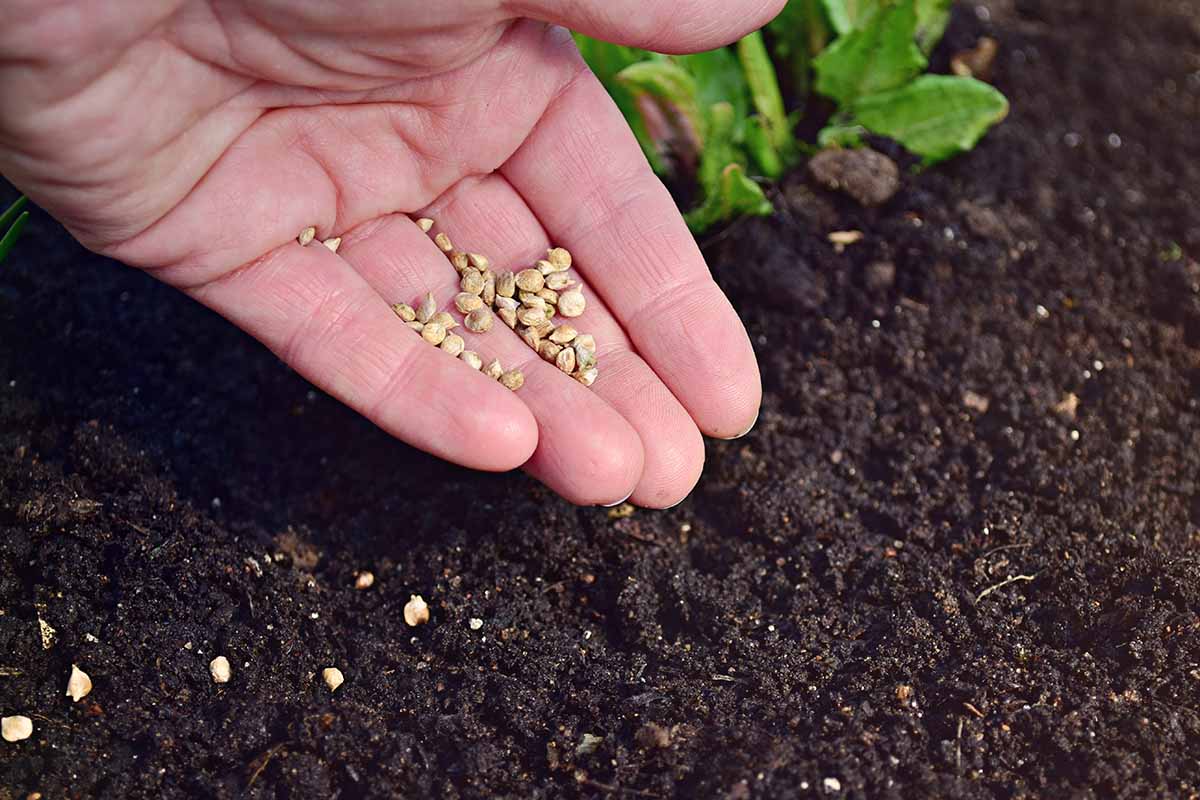
For fall sowing, wait until the soil temperature cools to 70°F, or six to eight weeks before your average first frost date.
Prepare the soil by enriching it with plenty of organic material like compost or aged manure and loosen it to a depth of 12 to 18 inches to accommodate the plants’ long taproot.
Sow spinach seeds half an inch deep and two inches apart. Cover the seeds with soil and firm lightly in place.
Water gently and keep the soil lightly moist.
Seeds germinate in five to 21 days and have a viable shelf life of two to four years.
Repeat sowing every three to four weeks until mid-May or when soil temperatures reach 70°F for a continuous crop.
If planting in early spring, it can be beneficial to protect seedlings for a few weeks with sheets of clear plastic draped over hoops.
This creates a greenhouse-like effect that encourages leaf growth and prevents stem damage from buildups of ice or snow and heavy rains. On days of light rain, remove the plastic to give the soil a good soaking.
Start Seeds Indoors
Although spinach has a reputation of being difficult to transplant, small seedlings can be successfully relocated.
However, once the taproot starts growing, plants can struggle with being moved.
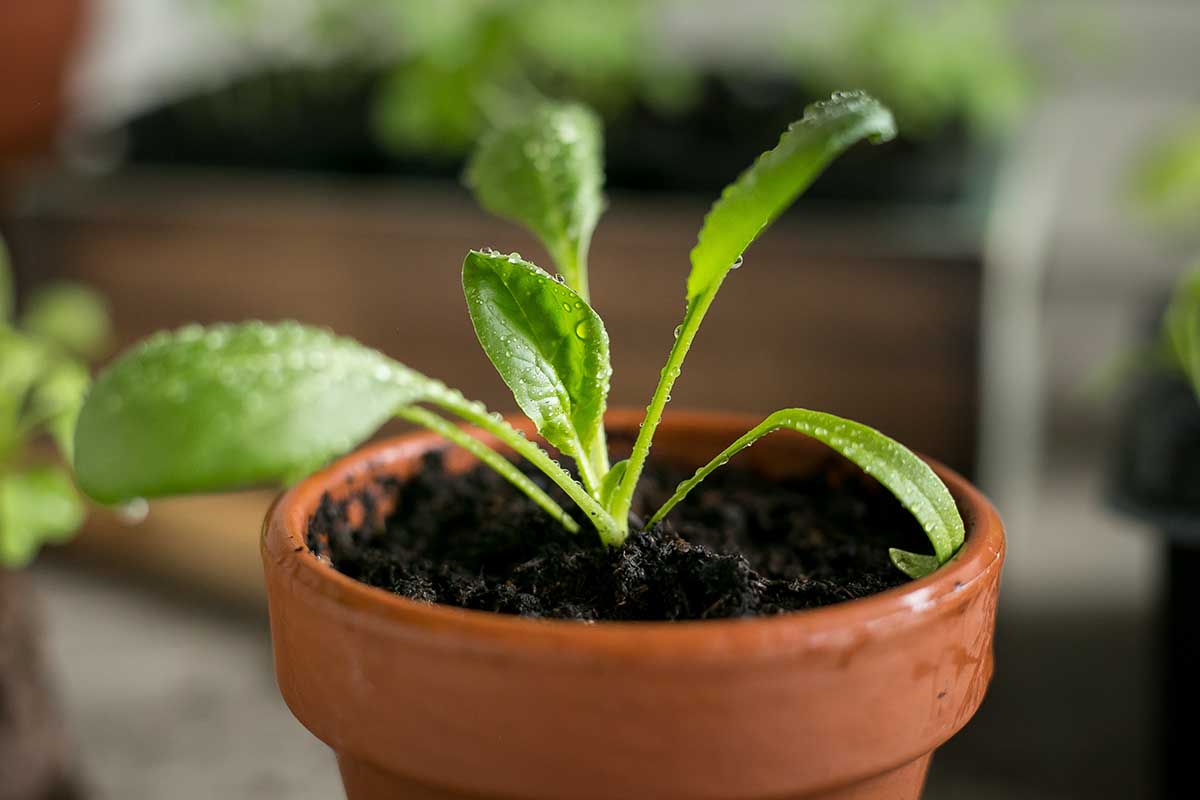
Four to eight weeks before your last average frost date, fill flats or trays with a seed-starting mix. Sow seeds in rows half an inch deep and two inches apart.
Cover the seeds with soil and water lightly, keeping the soil moist but not wet until germination.
Place in a cool room with temperatures between 50 and 70°F in bright but indirect light.
Transplant out when seedlings are two or three inches tall.
How to Grow Spinach
For the best productivity, spinach needs well-draining soil with a loamy or sandy loam makeup and a slightly acidic to neutral pH of 6.5 to 7.0.
Plant in full sun in spring and fall or in light shade during the warmer months.
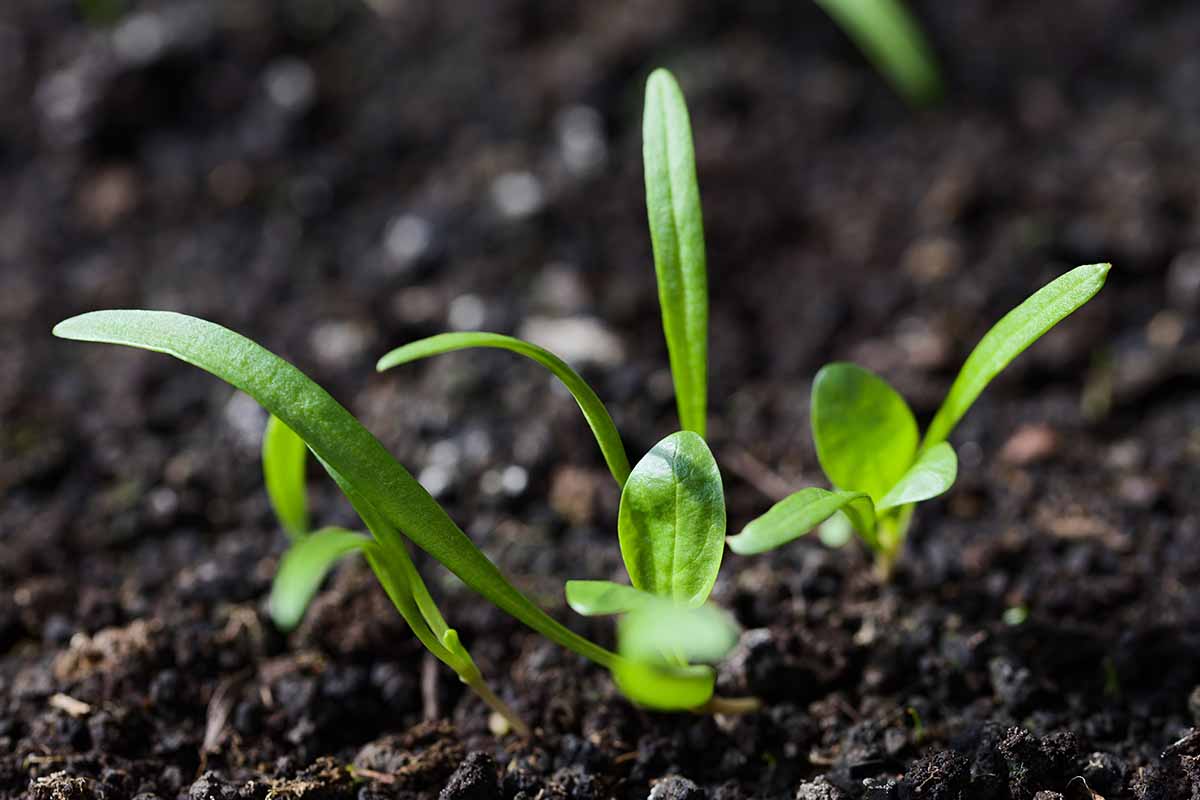
Prepare and loosen the soil in beds and containers as outlined in the Direct Sowing section above and plant in rows 12 to 18 inches apart.
Spinach plants are heavy feeders and benefit from soil that’s generously enriched with alfalfa meal, compost, or aged manure. Apply alfalfa meal as per package instructions and compost or manure at the rate of one pound per five square feet.
If needed, mix in some gritty material like landscape sand or stone chips to ensure well-draining soil to avoid issues like root rot.
When plants are two inches tall, thin to four to six inches apart. Thinning is important to prevent stunted growth and early bolting.
Keep their growing zone weed free. The long taproots also form branches of shallower, fibrous roots that don’t compete well with weeds.
Once plants are four to six inches tall, lay down a two-inch layer of light-colored mulch like shredded leaves or straw to keep the roots cool and retain moisture.
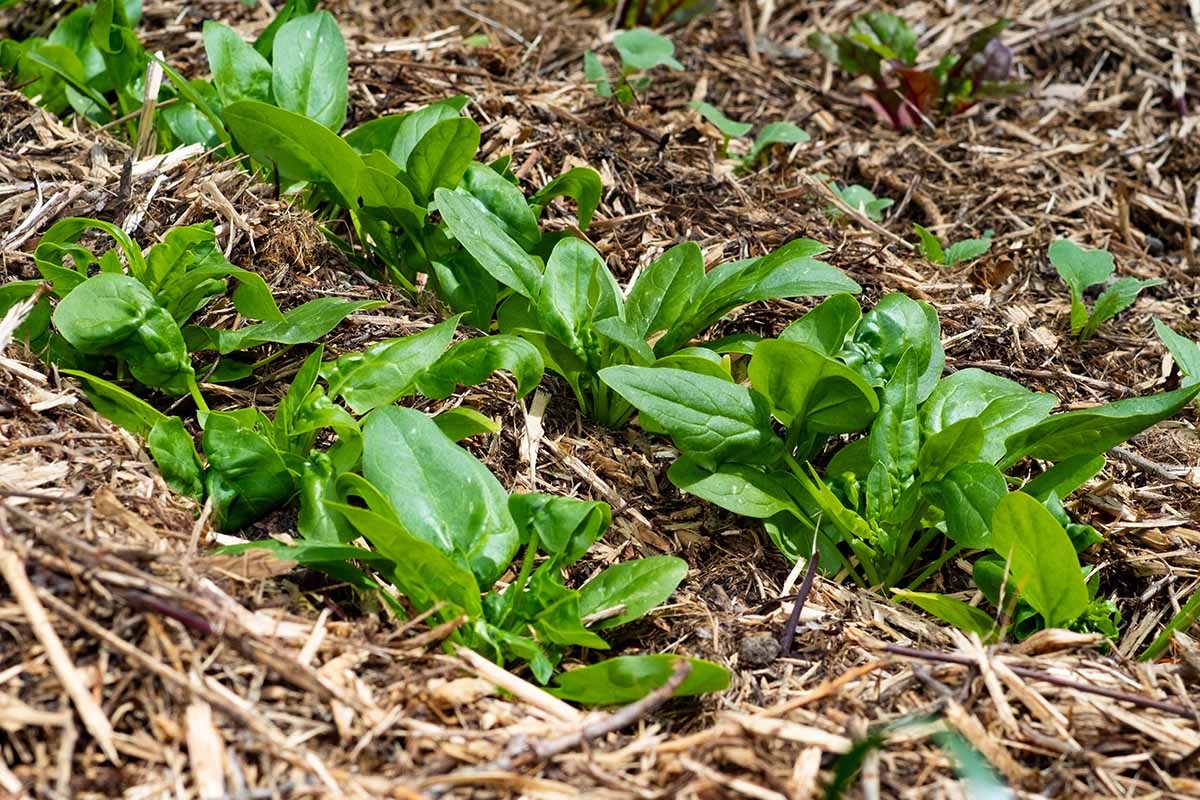
Water regularly, providing one to two inches of water per week.
After plants are four inches tall, side dress every three or four weeks with light applications of a nitrogen-rich fertilizer, taking care to prevent the fertilizer from coming in contact with the stems to prevent burning.
Commercial fertilizers are labeled with a ratio of nitrogen to potassium and phosphorus, or NPK – look for ones that have a higher first number to encourage leaf growth.
Natural Organic Leafy Green and Herb Food
Burpee’s Natural Organic Leafy Green and Herb Plant Food has an NPK formula of 5-3-3 that’s ideal for fast foliage growth.
Down To Earth Alfalfa Meal has an NPK ratio of 2-0-1 and is available at Arbico Organics.
For a long season and abundant yields, sow small batches of seed regularly and harvest as a cut-and-come-again crop – each sowing will provide several pickings.
Once the spinach plants flower, the flavors diminish and plants can be removed and composted if they’re free of pests and disease.
In areas with mild winters, sow a hardy variety in late summer and grow in a cold frame or protect plants with cloches or floating row cover fabric before the first frost.
Harvest lightly over winter then remove covers in spring once soil temperatures reach 40°F – growth is rapid once the days start to lengthen, typically in mid-February.
Container Growth
For growing spinach in pots and planters, use containers at least 18 inches deep to provide the long taproots room to grow. They also need to have drainage holes to prevent wet soil.
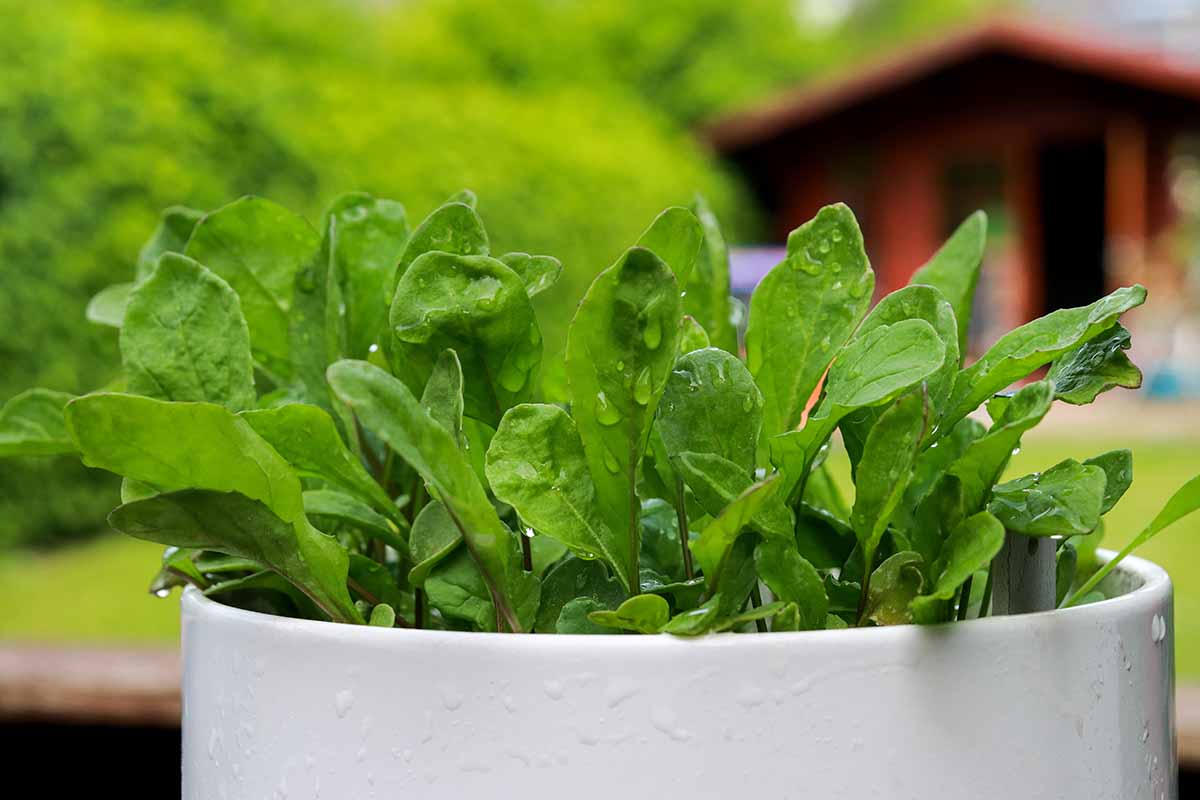
I like to lay down a layer of porous material over the drainage holes to keep the water moving freely out of the soil, and use drainage materials such as broken pottery or pebbles.
Fill pots with a humus-rich, sandy soil then sow as outlined above in our instructions for direct sowing.
Provide one to two inches of water per week, more in hot weather, and strive to keep the soil lightly moist. Add a light-colored mulch to keep roots cool and the soil moist.
Fertilize with a nitrogen-rich formula every three weeks.
Growing Tips
Spinach is easily grown when the following tips are kept in mind:
- Sow seeds in the cool temperatures of spring and fall.
- Before planting, enrich the soil with plenty of organic material like compost.
- Fertilize regularly during the growing season for healthy, vibrant plants with ample foliage.
- Keep the soil lightly moist and use a mulch to retain water, keep roots cool, and inhibit weeds.
- Pick the leaves often to encourage new growth.
Now let’s have a look at some varieties known for their easy cultivation.
Spinach Cultivars to Select
Finding suitable cultivars for a variety of weather conditions isn’t a problem with dozens to choose from.
Here’s a sampling to get you started.
Bloomsdale Long Standing
Historically reliable, organic ‘Bloomsdale Long Standing’ is an heirloom variety and AAS (All-America Selections) Vegetable Winner from 1937.
It produces semi-savoyed leaves with a rich flavor and tender texture that’s a favorite for canning, freezing, and juicing.
Maturing in 35 to 50 days, plants are semi-upright and have excellent heat tolerance for growing in summer as well as the cooler months.
Organic seed in quantities ranging from packets to pounds can be found at True Leaf Market.
Carmel
A semi-savoyed variety, ‘Carmel’ provides a good germination rate and features uniform leaves with upright growth that makes this hybrid easy to harvest and wash.
Flavorful baby greens can be picked in as little as 25 days and the fast growth makes it a good choice for fall sowing. Plants have good resistance to bolting and downy mildew.
Two sizes of seed packets are available at True Leaf Market.
Noble Giant
Another heirloom AAS winner, ‘Noble Giant’ is a titan that produces heavy yields of huge, meaty leaves with a delicious flavor that’s outstanding eaten fresh, canned, or cooked.
Large plants with upright growth that are slow to bolt, the smooth-leaved baby greens can be harvested in 35 days.
Seed quantities in packets, ounces, and pounds are available at Eden Brothers.
Persius
The thick, tasty leaves of ‘Persius’ are an excellent choice for cooking or freezing and the compact, smooth-leaved plants make a good choice for container growth.
The semi-upright plants mature in 35 to 40 days and have moderate bolt resistance but are stoically strong with issues like downy mildew and white rust.
Seed packets can be found at Burpee.
Seaside
Superb for baby greens, ‘Seaside’ has a moderate growth rate with high volume production and thick, succulent leaves with a uniform shape and size.
The delectable, smooth leaves are easily washed and can be harvested in 30 days.
Compact, upright plants make a smart choice for containers and feature good resistance to bolting from heat and downy mildew.
Seed packets are available at Burpee.
Managing Pests and Disease
Although spinach is easily grown, there are a few issues that can impact productivity.
Aphids are small soft bodied sapsuckers that feast on stems and leaves.
You can control aphids with a strong stream of water from the garden hose to blast them off plants or set hungry beneficial insects like green lacewings onto them.
You can find green lacewing larvae available from Arbico Organics.
Cutworms are moth larvae that hide under the soil and come out at night, mowing tender seedlings down at soil level then consuming them.
Cutworms are effectively controlled with an application of Bacillus thuringiensis (Bt).
You can find Monterey Bt Liquid in 32-ounce ready-to-use and 32-ounce hose-end bottles available at Arbico Organics.
Leaf miners are the larvae of flies and moths that bore into leaves where they live and eat, leaving a pale, meandering trail in their wake.
Surface pesticides are ineffective but infested leaves can be removed and destroyed.
Feeding insects like the above can also be kept at bay with the use of floating row covers.
Slugs and snails also enjoy munching on spinach and can be controlled with baits and traps or diatomaceous earth.
Grab some diatomaceous earth in two-and-a-half-pound jugs and 10-pound bags from Arbico Organics.
You can read up on gastropod baits and traps in our guide to natural solutions to slugs and snails.
Disease issues include damping off, a fungal infection that causes plants to collapse and die. Avoid wet soil and provide ample air circulation to inhibit damping off.
Downy mildew is caused by a fungus-like organism that covers plants with a white, fuzzy down and leads to light green or yellow spots on the foliage.
There’s no cure for downy mildew and infected plants need to be removed and destroyed. Control includes avoiding overhead watering and spacing plants for adequate air circulation.
Some fungal infections like white rust are spread by insects and splashing water. Avoid overhead watering and control disease-spreading insects such as aphids.
Harvesting
For tender baby greens, you can start picking when the leaves are two or three inches long, snipping them from the outer stems.
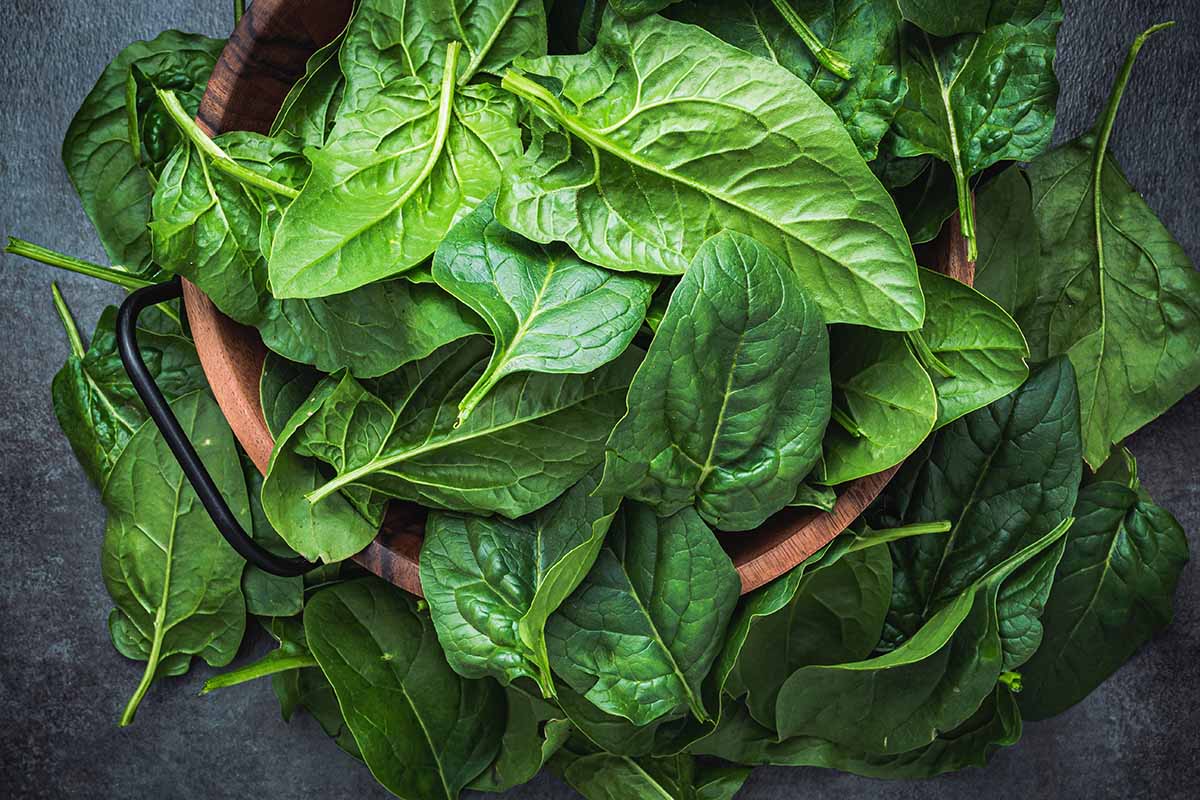
Harvesting mature leaves is done in the same manner but wait until leaves are at least four inches in length.
Do not remove more than 50 percent of the foliage at any one time to encourage plants to produce more leaves, which can be picked until the plants bolt and start to flower.
To harvest a mature plant, simply cut the entire plant just above the soil line.
Wash leaves thoroughly in cool running water before consuming – the savoy and semi-savoy types tend to trap soil in the crinkles.
Preserving
After washing, remove excess water with a whirl in a salad spinner or use paper towels to gently pat the leaves to thoroughly absorb moisture, then store as desired.
Fresh
To store fresh leaves, place in an airtight storage container or a zip top plastic bag and keep in the crisper drawer of the refrigerator for up to 10 days.
Dehydrated
Remove stems and spread washed and dried leaves evenly on dehydrator trays – a little overlap is fine but avoid thick clumps.
Set the temperature to your unit’s lowest setting and dry for two to six hours, depending on the temperature and how wet the leaves were, or until they’re completely dry and crisp.
Remove the leaves and cool thoroughly before storing in a jar with a tight fitting lid in a cool, dark cupboard.
Dried spinach has a shelf life of one to two years when stored correctly.
Frozen
To freeze whole leaves, after washing and drying, simply pack loose leaves into a zip top freezer bag. Squeeze out as much air as possible before sealing then freeze.
When thawed, the whole leaves take on a dark color and limp texture but still have plenty of flavor for dishes like soups and stews.

And spinach can also be frozen in a puree.
Process whole leaves in a blender or food processor with a couple of drops of water and blitz until they’re reduced.
Spoon the puree into ice cube trays and freeze for three or four hours before transferring to freezer bags. Squeeze out as much air as possible before sealing the bag.
Frozen leaves and puree keep in the freezer for up to one year.
Canned
To can fresh leaves, first cut out tough stems and ribs then blanch in a steamer basket for three or four minutes, or just until they’re lightly wilted.
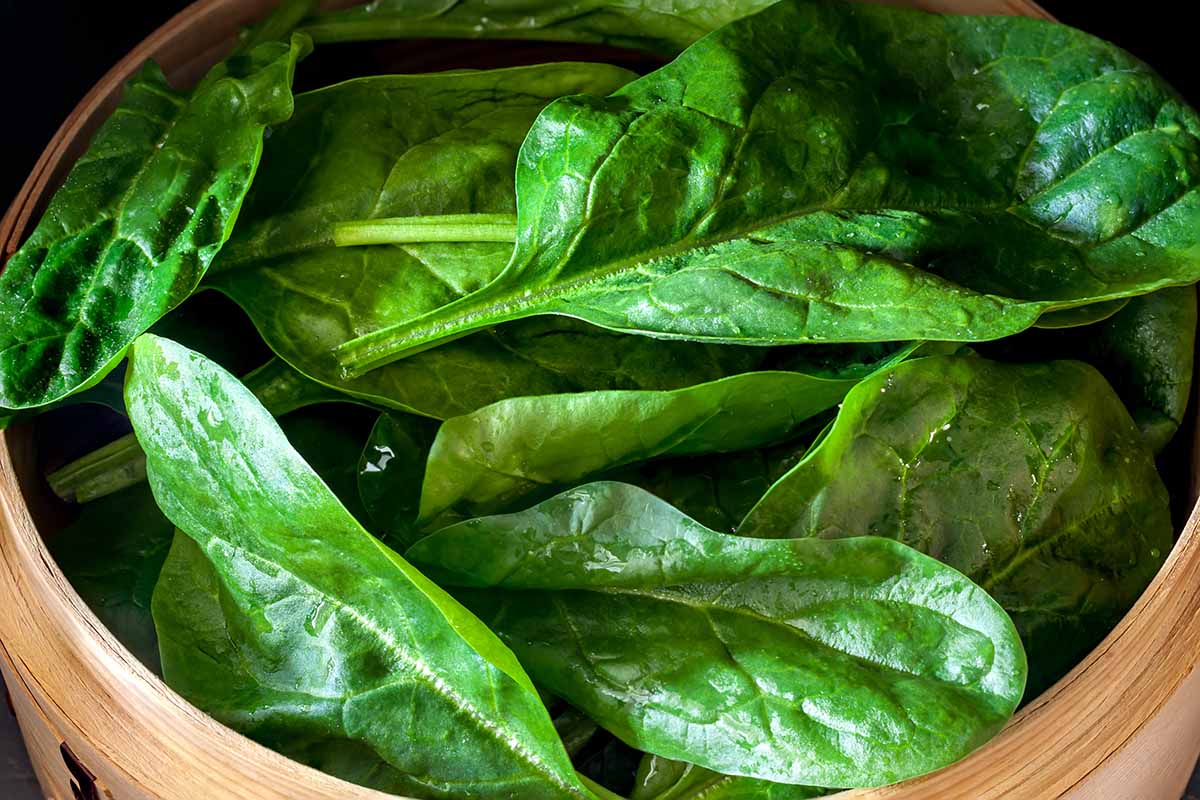
In clean, sterile quart jars, add one-half teaspoon of salt if desired.
Fill the jars loosely with blanched leaves then add boiling water, leaving one inch of headroom.
Seal the jars and process in a pressure cooker for 90 minutes at a pressure of 11 to 14 PSI, depending on your altitude.
The National Center for Home Food Preservation has the recommended processing times for different altitudes.
Please note that because spinach is a low-acid vegetable, it must be processed with a pressure canner and not in a hot water bath.
Properly stored in a cool, dark cupboard, canned spinach has a shelf life of three to five years.
Recipes and Cooking Ideas
With a tender texture and mild, lightly sweet taste, raw spinach is a delicious addition to salads, smoothies, and wraps and makes fantastic, healthful juice.
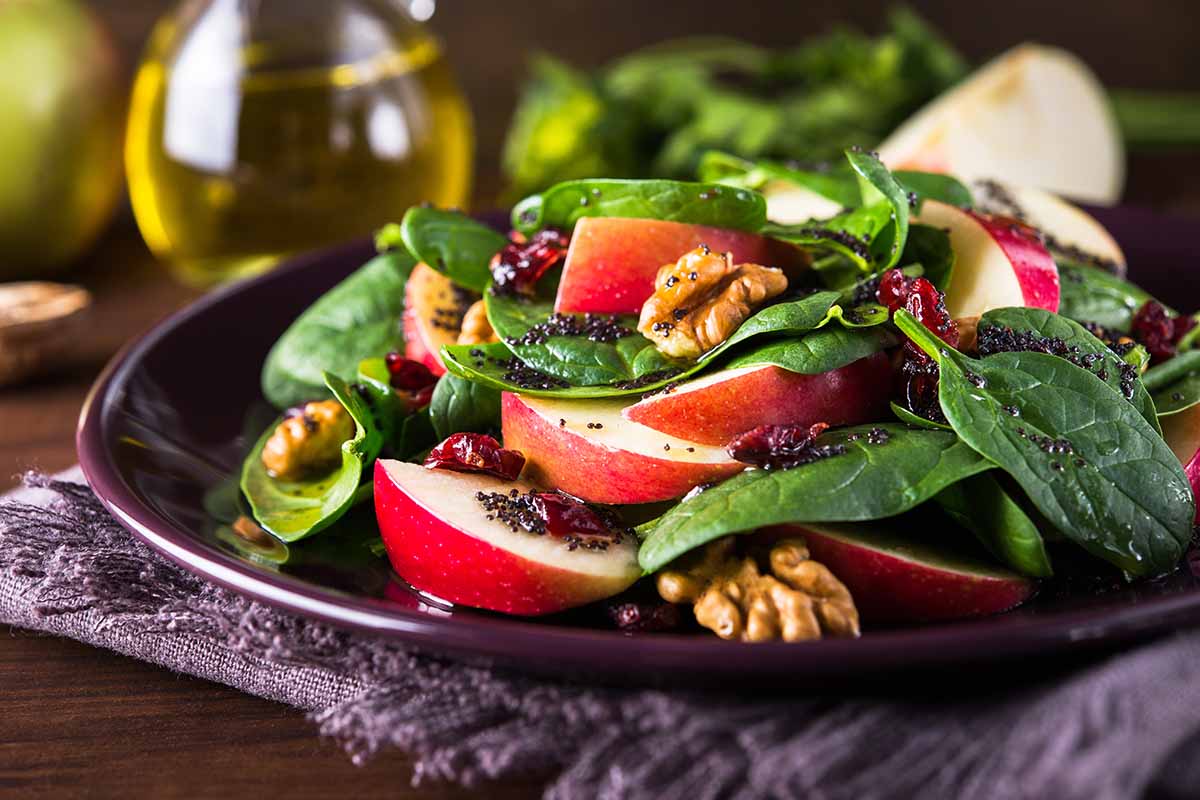
As a side dish, the leaves can be braised, creamed, steamed, and sauteed or included as an ingredient in dishes such as artichoke dip, frittata, omelets, pasta, pastry puffs, pizza, quiche, spanakopita, stuffed salmon, soup, and vegetarian lasagna.
You can find many delicious spinach recipes to try at our sister site, Foodal… here are a few of my favorites.
Richly flavored, Foodal’s creamy ricotta calzones are perfect for casual luncheons or game day entertaining.
With chickpeas and vegan sausage, this recipe for farro grain bowls at Foodal is quick and easy with delicious, simple flavors.
And with the bright, sunny flavors of Foodal’s sun-dried tomato pasta salad, spinach is a must-have.
Quick Reference Growing Guide
| Plant Type: | Annual vegetable | Maintenance: | Low |
| Native to: | Middle East | Water Needs: | Moderate |
| Hardiness (USDA Zone): | 5-9 | Tolerance: | Cool temperatures |
| Season: | Spring, summer, fall | Soil Type: | Humus-rich loam or sandy loam |
| Exposure: | Full sun in cool months, light shade in summer | Soil pH: | 6.5-7.0 |
| Time to Maturity: | 30-50 days | Soil Drainage: | Well-draining |
| Spacing: | 6-12 inches | Companion Planting: | Brassicas, leeks, marigolds, radishes, strawberries |
| Planting Depth: | 1/2 inch (seeds) | Avoid Planting With: | Potatoes |
| Height: | 8-12 inches | Order: | Caryophyllales |
| Spread: | Up to 12 inches | Family: | Amaranthaceae |
| Growth Rate: | Moderate to fast | Genus: | Spinacia |
| Common Pests and Diseases: | Aphids, cutworms, leaf miners, slugs, snails; damping off, downy mildew, white rust | Species: | Oleracea |
Strong to the Finish When You Eats Your Spinach!
Popeye the Sailor Man loved spinach and always had a can on hand for a quick burst of energy and strength!
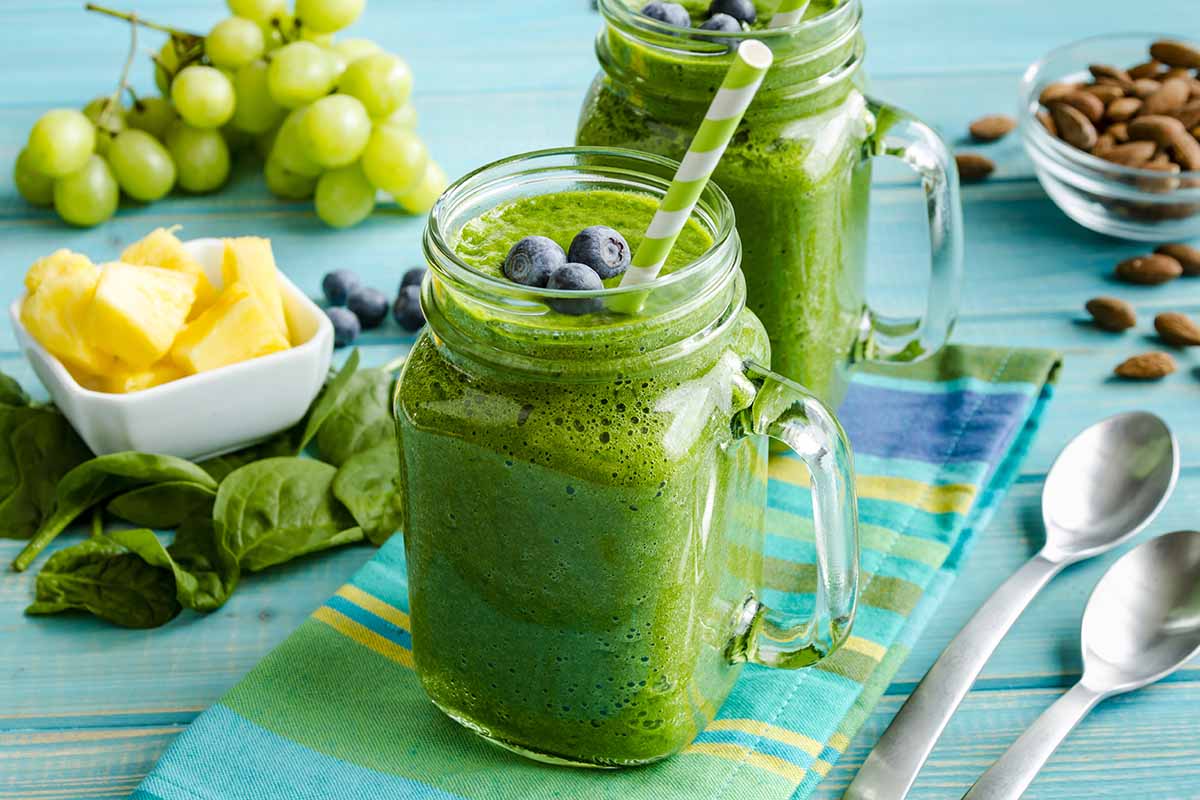
While this might be a bit impractical for us non-cartoon folks, spinach is loaded with important nutrients that contribute to strong muscles and overall good health. And it’s wonderfully easy to grow.
Provide your plants with full sun in the cool months, plant in humus-rich soil, fertilize regularly, and keep the soil lightly moist for vigorous growth and vibrant leaf production.
Sow seeds frequently for multiple harvests and be sure to pick the leaves often to encourage fast regrowth.
Do you have a favorite variety or two for your garden? Let us know in the comments section below.
And for more information about growing nutritious leafy greens in your garden, check out these guides next:
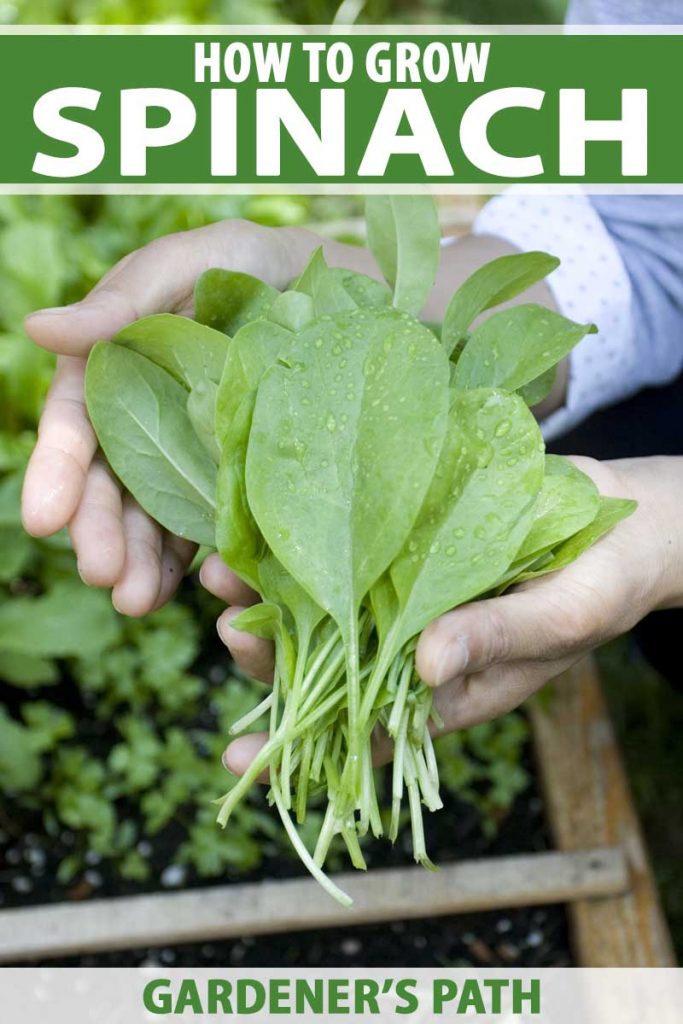
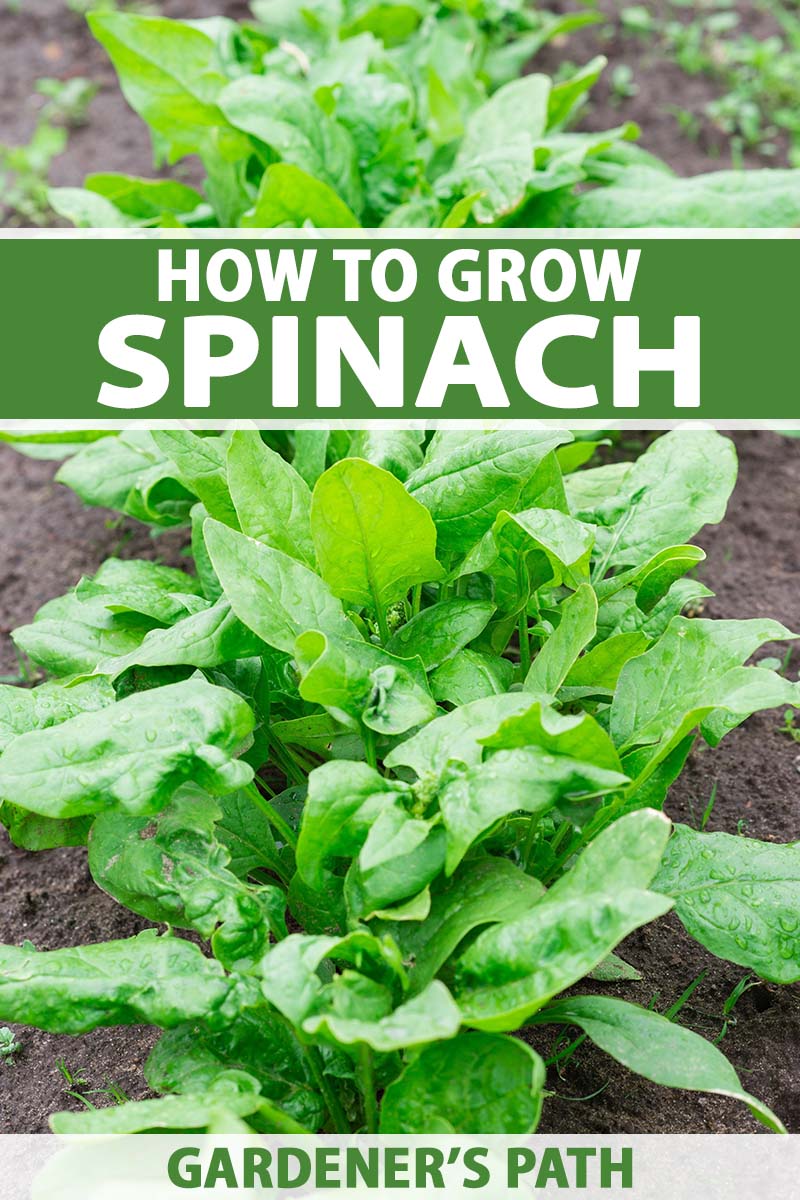
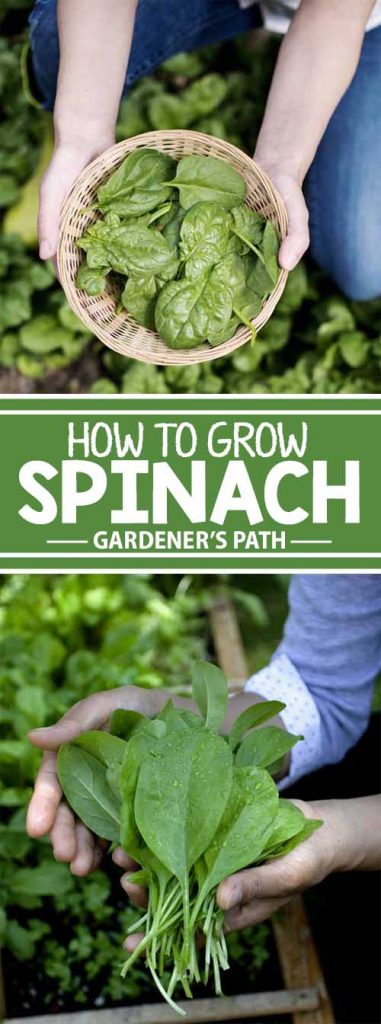
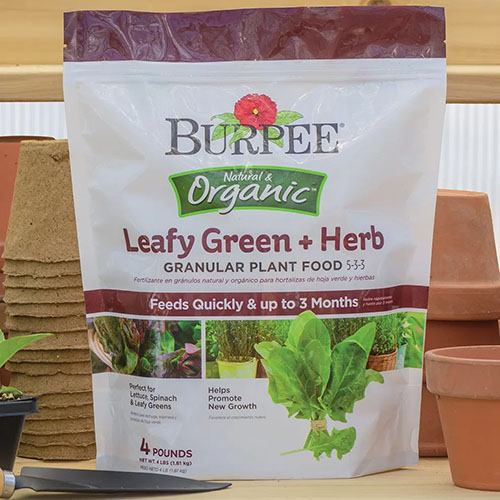
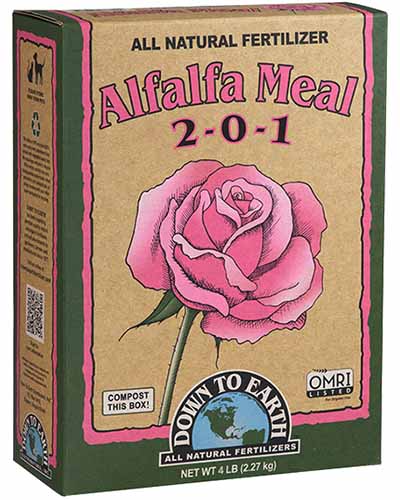
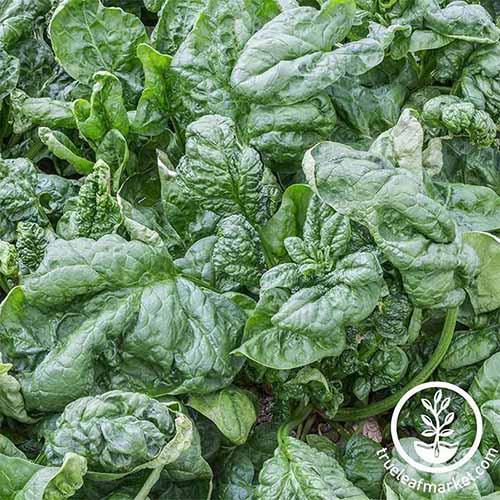
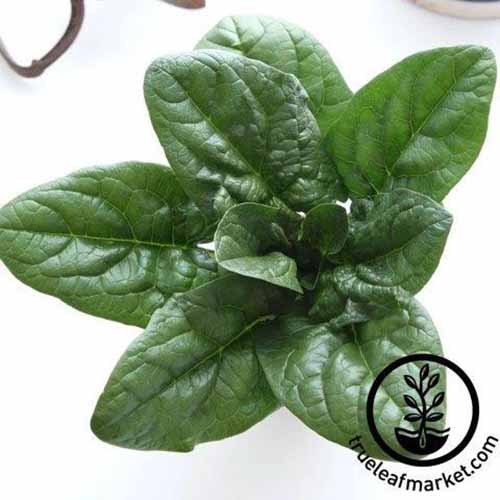
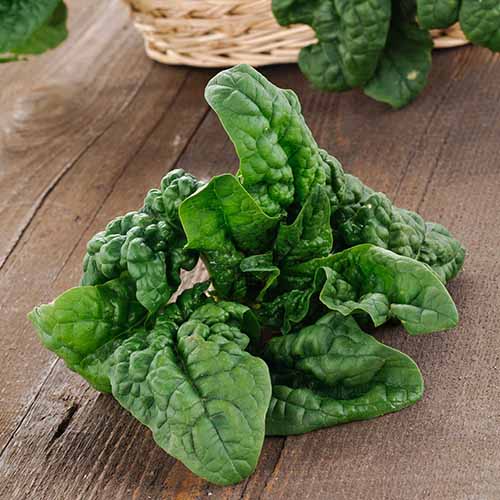
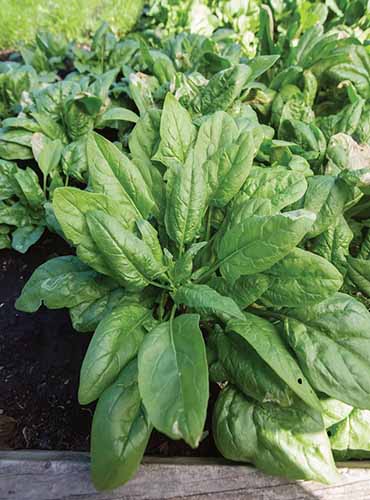
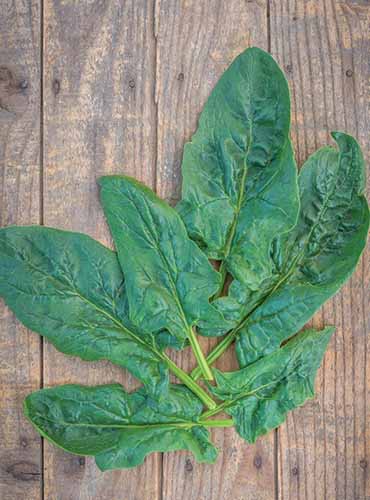
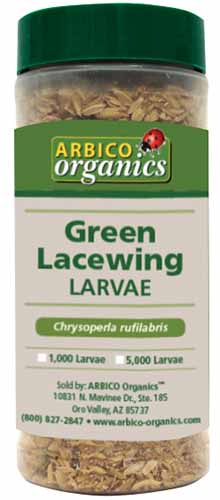
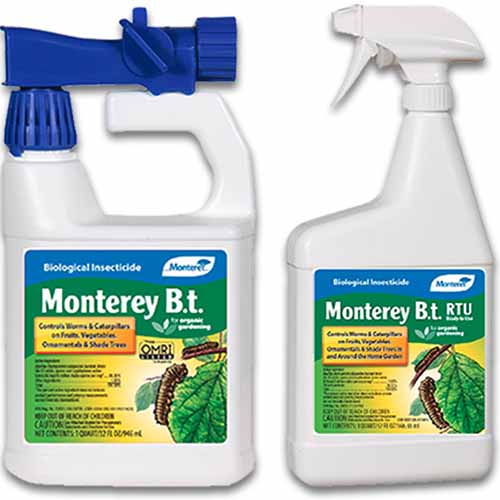
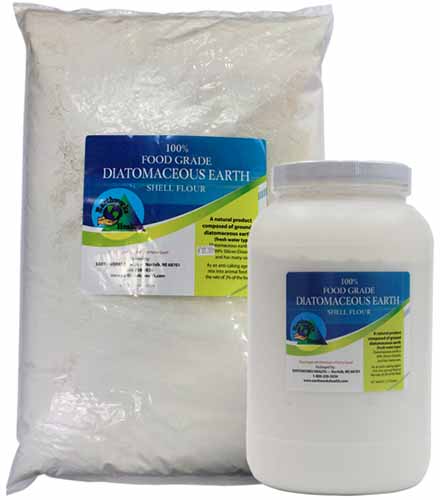
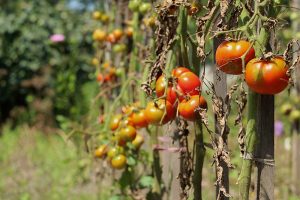
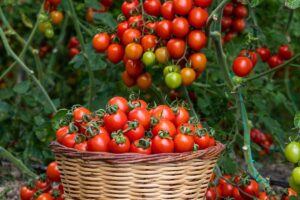

Beautiful pictures of plants and flowers. Love your gardening tips.
I only have pots.
Thanks for sharing these spinach tips!
Hi! This is such an informative, helpful piece. Thank you for sharing your knowledge of planting, growing, harvesting, and storing spinach. It is very easy to understand! However, I think you missed an opportunity to elaborate on the health benefits of spinach, which is some beneficial information, especially for those who are looking to boost their health through their diet.
More power to you!
Just raised spinach in grow tunnels an had spinach all winter here in Nebraska tasted so good in winter was in raised beds used P vc pipe bent an 2 layers of plastic
Hello — my spinach and swiss chard leaves (despite rotation each year and spraying with neem oil) regularly get the spots you will see on the attached image. Do you know the cause, how to manage/’cure’ it, and whether it is safe to eat?
Hi Roberta, sorry to hear about your spots… Yellow spotting like this can be caused by sapsucking insects such as aphids, leaf miners, and whiteflies. If insects are the problem, they’re fine to eat if you don’t mind adding a few bugs to the menu, but they can also be difficult to get rid of. Spraying with neem oil is helpful, but severe infections can be harder to control… for me, the best defense against insect damage is by using floating row cover fabric. It’s lightweight, breathable, let’s in sun and water, but keeps bugs at bay. And it’s easy… Read more »
Thank you Lorna — I will investigate further! (I’d not considered that insects could be the problem)
Good luck Roberta!